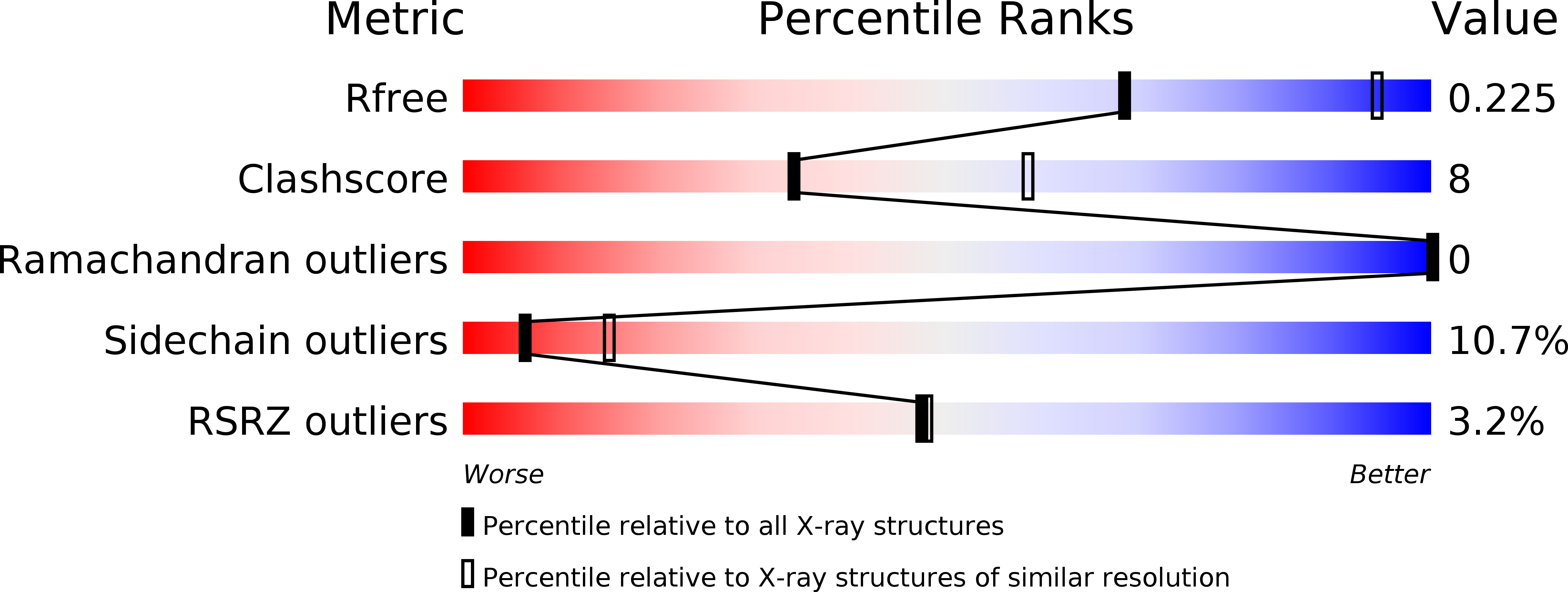
Deposition Date
2002-01-14
Release Date
2002-05-03
Last Version Date
2024-05-08
Method Details:
Experimental Method:
Resolution:
2.70 Å
R-Value Free:
0.23
R-Value Work:
0.23
Space Group:
P 32 2 1


